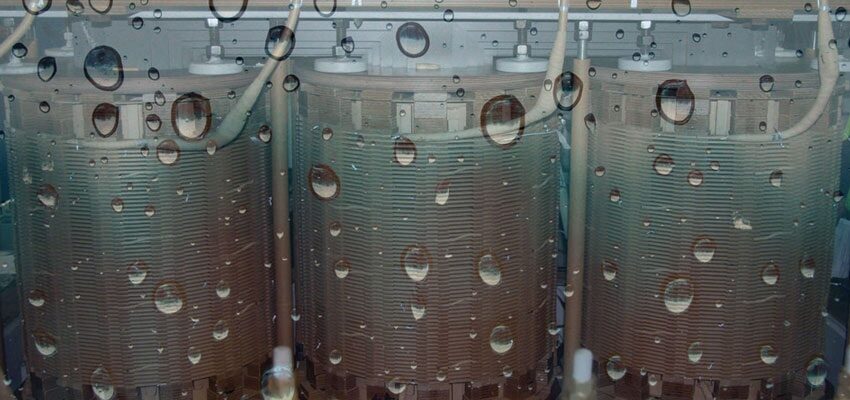
Column: Water in transformer
Moisture equilibrium in transformer insulation systems: Mirage or reality? Part 2 Abstract: In the operating transformer water is always in transition, either moving within cellulose...
byOleg ROIZMAN

Moisture equilibrium in transformer insulation systems: Mirage or reality? Part 2
Abstract:
In the operating transformer water is always in transition, either moving within cellulose insulation or migrating from paper to oil and versa visa. This article discusses the moisture cloud algorithm, which reveals the value water in oil measurement has in predicting the amount of water available for drying out, determining the safety margin of the insulation dielectric strength, assessing the residual water in new units undergoing temperature rise test, and in reliably ranking transformers across the fleet in terms of water state.
Keywords: water, cellulose insulation, oil, moisture cloud algorithm
Introduction
In Part 1 of the article titled “Moisture equilibrium in transformer insulation systems: Mirage or reality? Part 1” we discussed theoretical and historical background of moisture equilibrium in transformer oil/paper insulation complex. In Part 1, we reinforced that the main use case for water equilibrium had been a determination of water content of solid insulation derived from the measurement of water parameters in the surrounding environment, such as insulation liquid or air. We pointed out that despite a very sound theoretical foundation and support from chemical thermodynamics, it is almost impossible to make an accurate assessment of water content in solid insulation due to lack of conditions for the water equilibrium to exist. An error exceeding 100 % can easily be made if we do not follow many precautions expressed in various publications on the topic. To overcome many pitfalls of incorrect use of equilibrium theory, we introduced a method called “moisture cloud algorithm”, which allows estimation of moisture in solid insulation with reasonable accuracy. One of the key advantages of the cloud algorithm over all other methods is an ability to predict a range of water content values as opposed to just one single estimate. In addition, this method goes beyond just an assessment of water in solid insulation, it offers a way to estimate various risks associated with presence of moisture in transformers. In order to understand why and how the cloud algorithm can estimate a possible range of water distributed across the insulating parts, we need to explain a mechanism of moisture adsorption to cellulose surfaces in a transformer.







